
Last month LightBox featured the work of Lee Jeffries, a self-taught photographer who is crusading to bring attention to the plight of the homeless. Most recently, he traveled to Florida from the end of January through early February to continue the series he began in London four years ago.
It was a poignant time for Jeffries to be in Miami. The Sunshine State held its Republican primary on Jan. 31., and the following day, contest winner and GOP frontrunner Mitt Romney said in an interview that he was “not concerned about the very poor” because “we have a safety net there.” In Miami, the photographer documented some of the city’s most impoverished—many of whom have fallen through the “safety net” Romney described and find themselves homeless, living on the streets. As he does on every trip, Jeffries met and spent time with people on an individual basis—listening to their life stories, taking their portraits and trying to help them in any way he could.
Here LightBox presents an exclusive first look at Jeffries’ latest images of his powerful and moving portrait series on the homeless population—a series that has previously taken him from his native Manchester, England, to Rome, Los Angeles, New York and Las Vegas. Jeffries says first few days of each trip are always tentative. He tends to make small steps into the areas he has researched prior to his visit. This time around, Jeffries focused on Miami Beach, Downtown Miami, Fifth Street and Overtown, which has achieved a certain notoriety for being one of the tougher areas of town.
As this trip progressed Jeffries found that each area of Miami had its own distinct characteristics. Miami Beach, which includes South Beach, had a homeless population that tended to drift in from the downtown areas during the course of the week, perhaps for safety or the relative ease of panhandling from the richer tourists. Seeing downtown Miami’s sidewalks literally lined with homeless people surrounded by bags or trolleys of their entire worldly possessions immediately took Jeffries’ mind back to the hundreds of homeless people he had encountered lining Fifth St. and St. Julian, the address of Los Angeles’ Skid Row neighborhood.
In Overtown, located just above downtown, Jeffries found a mix of homeless people and housed families. Originally called Colored Town during the city’s segregated past, it is a major center of the African-American population and Jeffries says he found the community a little daunting to enter at first. But that didn’t last long. “I soon met some people who touched my heart so deeply I will never forget them,” he says, noting that only chance stood between their situation and that of anyone else.
One such person was Latoria, a 29-year-old who has lived in Overtown for just over a year and whose genuine sadness made a particularly deep impression on the photographer. “I spent time with her every day of my trip since our first meeting,” says Jeffries. “Her uncompromising addiction to crack cocaine was both obvious and tragic and I often watched helplessly as she fed that addiction. Perhaps the most moving aspect for me was witnessing her almost child-like vulnerability. There was just something about her that just screamed the tragedy of a wasted life.”
Then there was Terri, also living in Overtown, who has been on the streets on and off since she was 13; “Flowers,” a cool Jamaican property owner; “Cooper,” a homeless man Jeffries met in a cemetery; and “Calvin” from Overtown, who was shot in the eye 1981 during a gang war.
“They are all part of the community,” Jeffries says, “and that is exactly what places like Overtown and Downtown Miami are: communities of people who shouldn’t be feared but respected and embraced and helped wherever possible. I have the utmost respect for every person I met there, and I hope I left with theirs.”
See Jeffries’ earlier work on LightBox here.
Lee Jeffries is a photographer based in Manchester, England. See more of his work here. Jeffries asks that readers interested in helping the homeless population of Miami visit Caring for Miami.
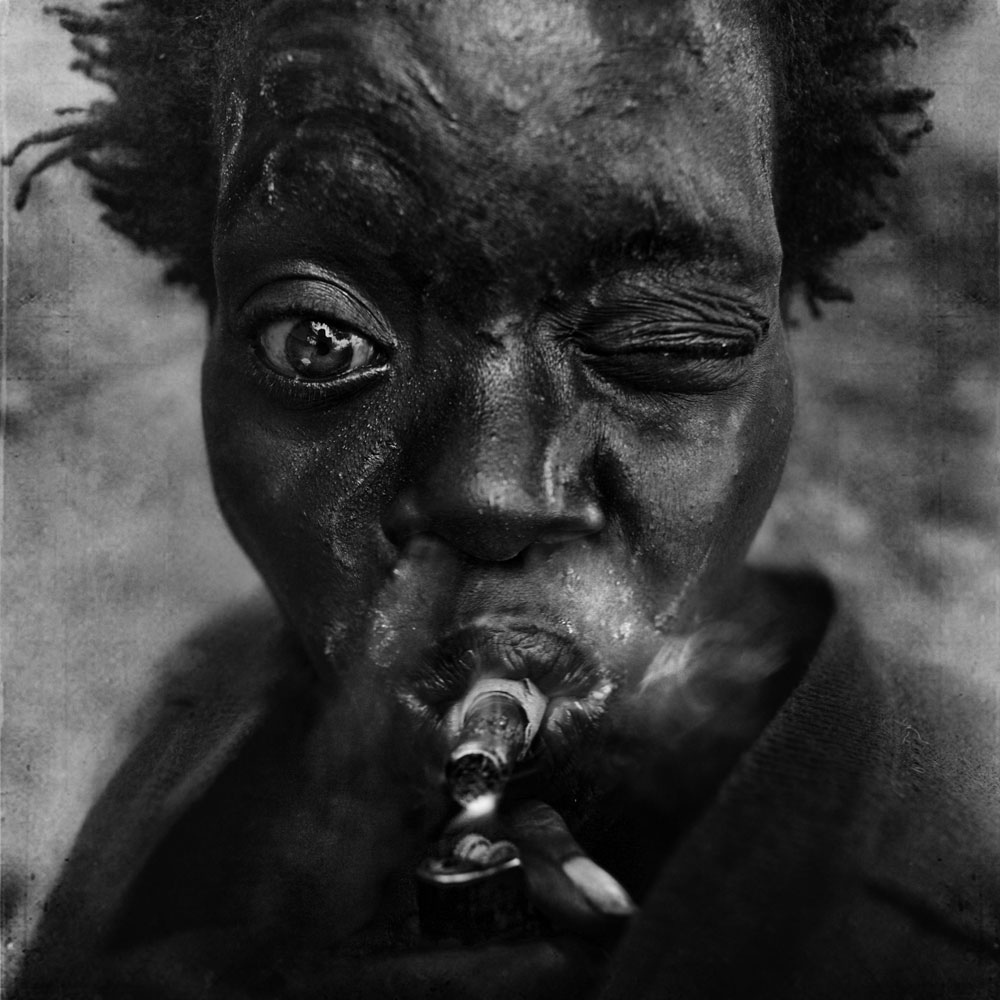

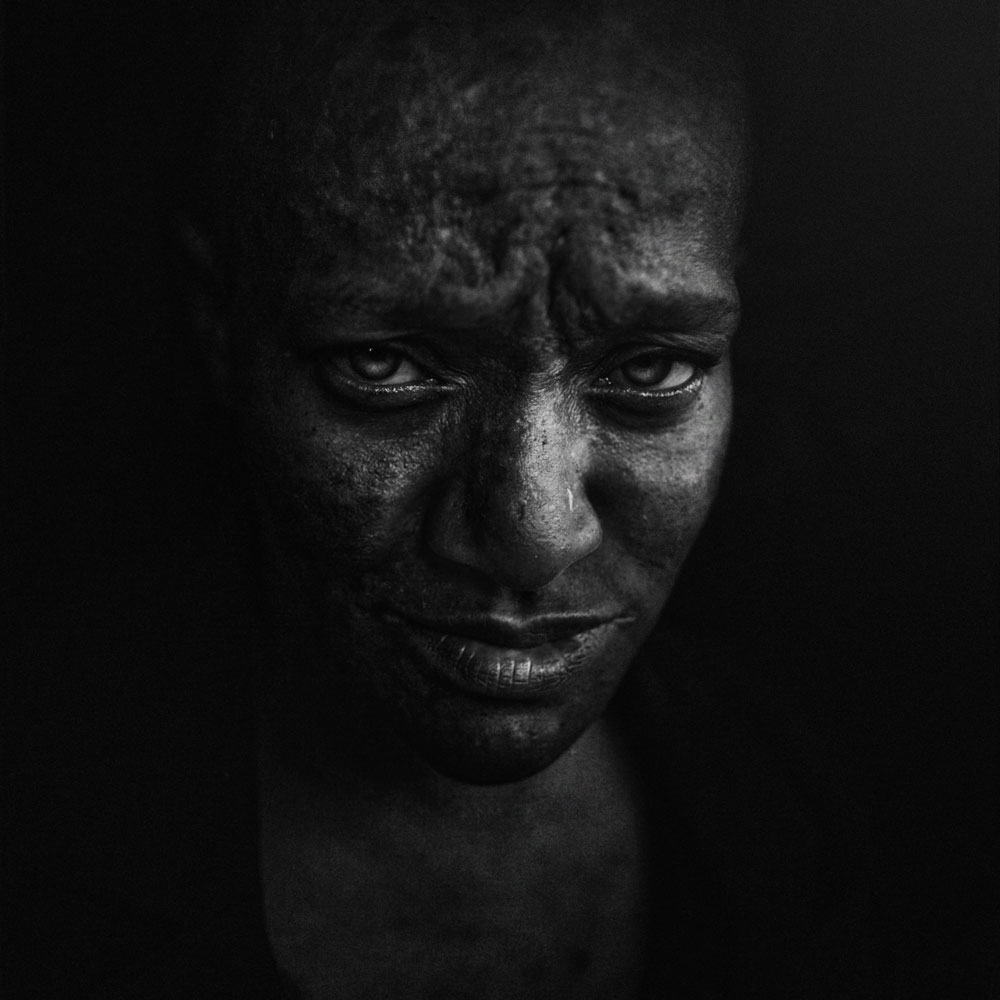
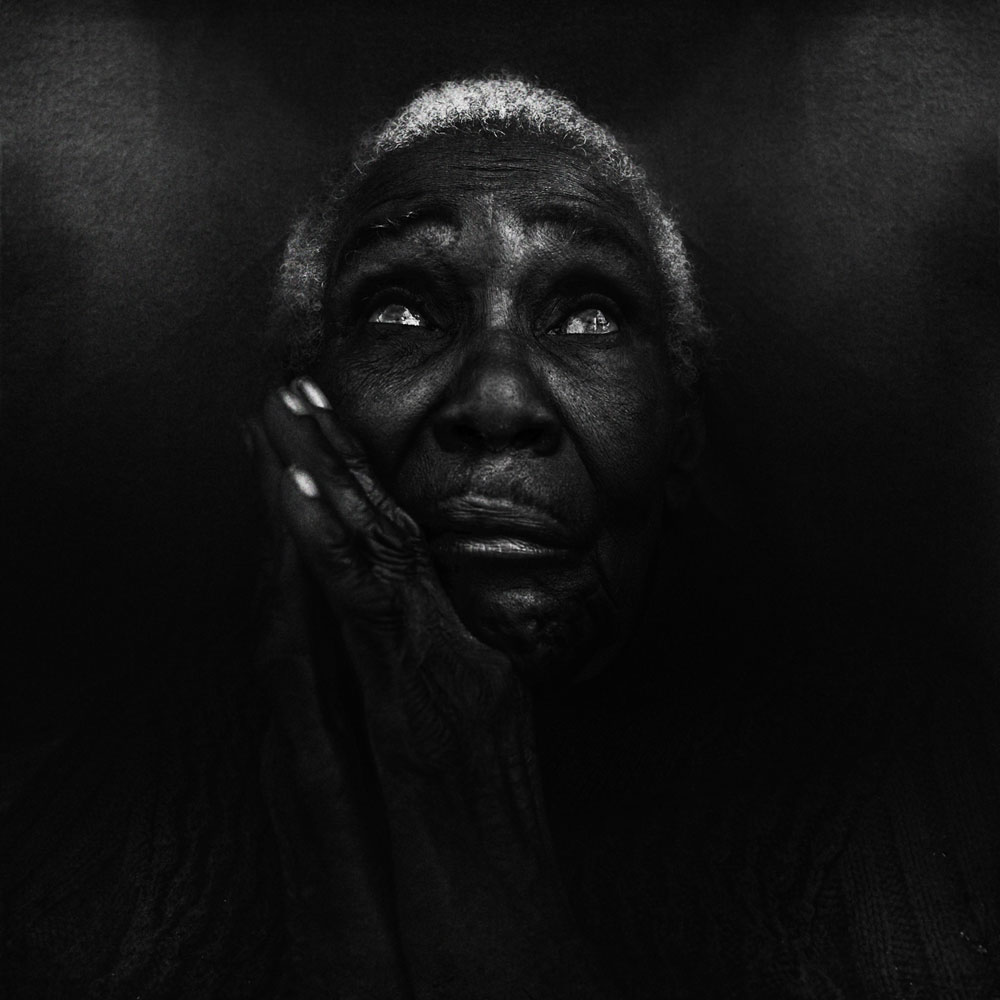

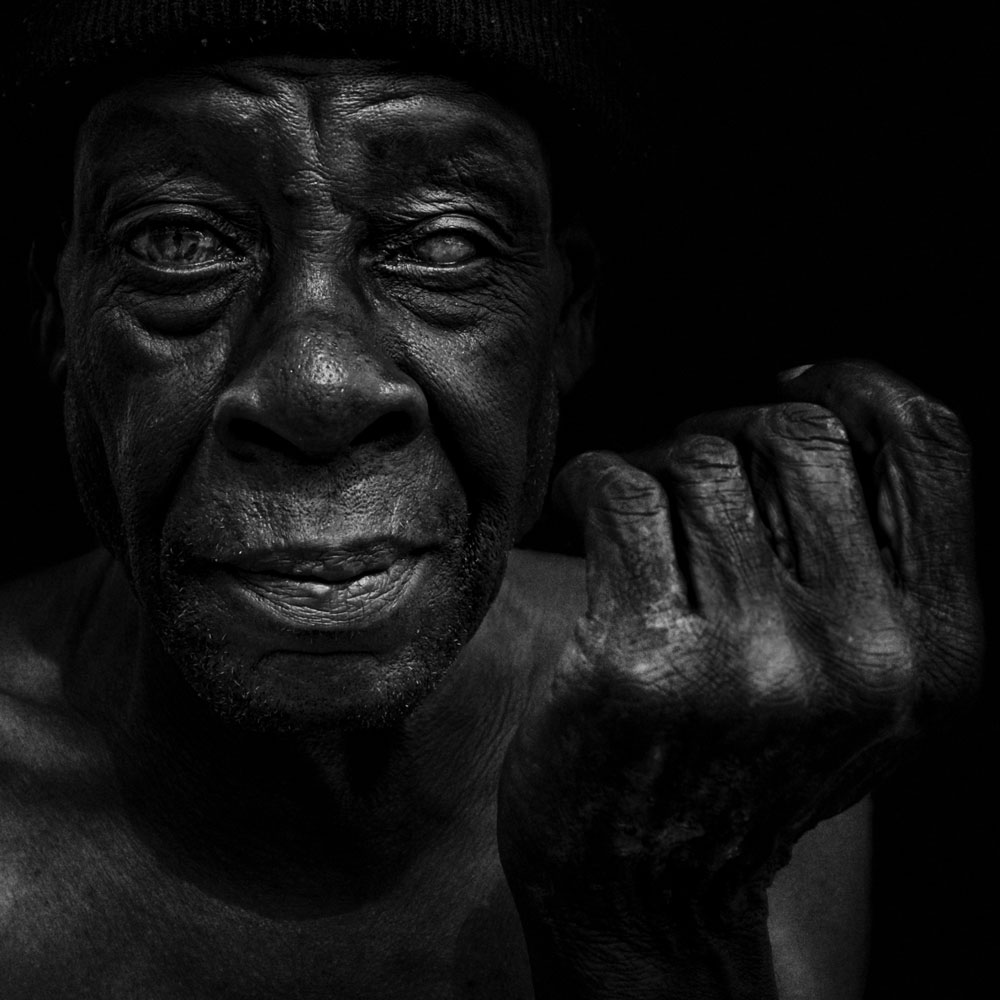



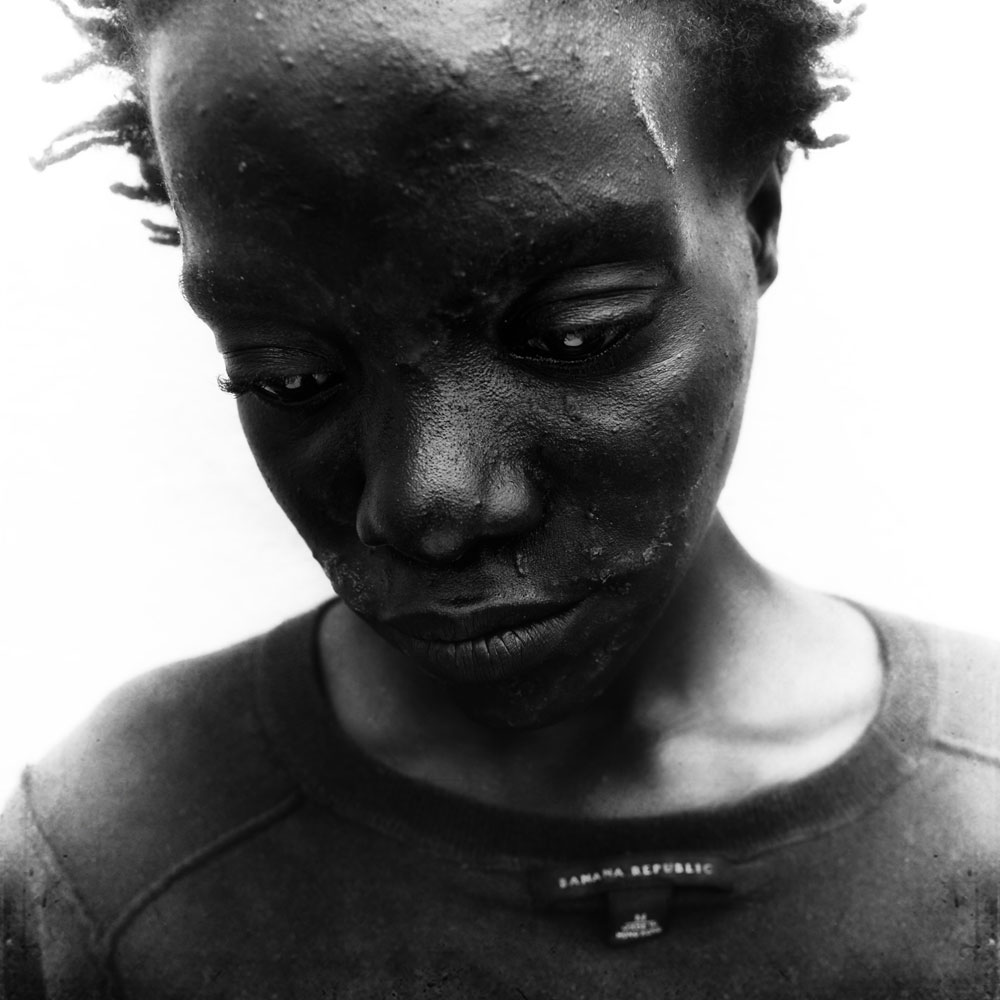
More Must-Reads from TIME
- Cybersecurity Experts Are Sounding the Alarm on DOGE
- Meet the 2025 Women of the Year
- The Harsh Truth About Disability Inclusion
- Why Do More Young Adults Have Cancer?
- Colman Domingo Leads With Radical Love
- How to Get Better at Doing Things Alone
- Michelle Zauner Stares Down the Darkness
Contact us at letters@time.com